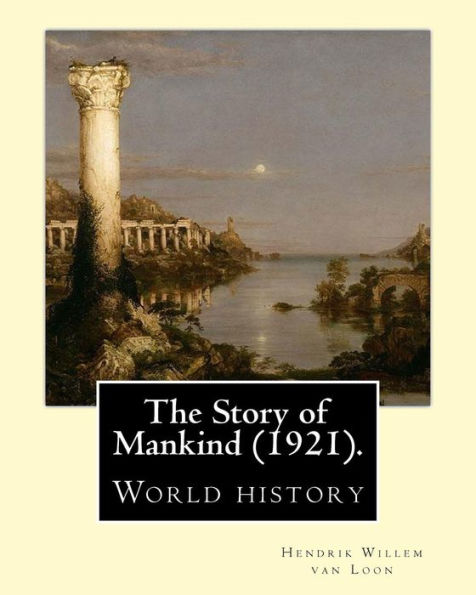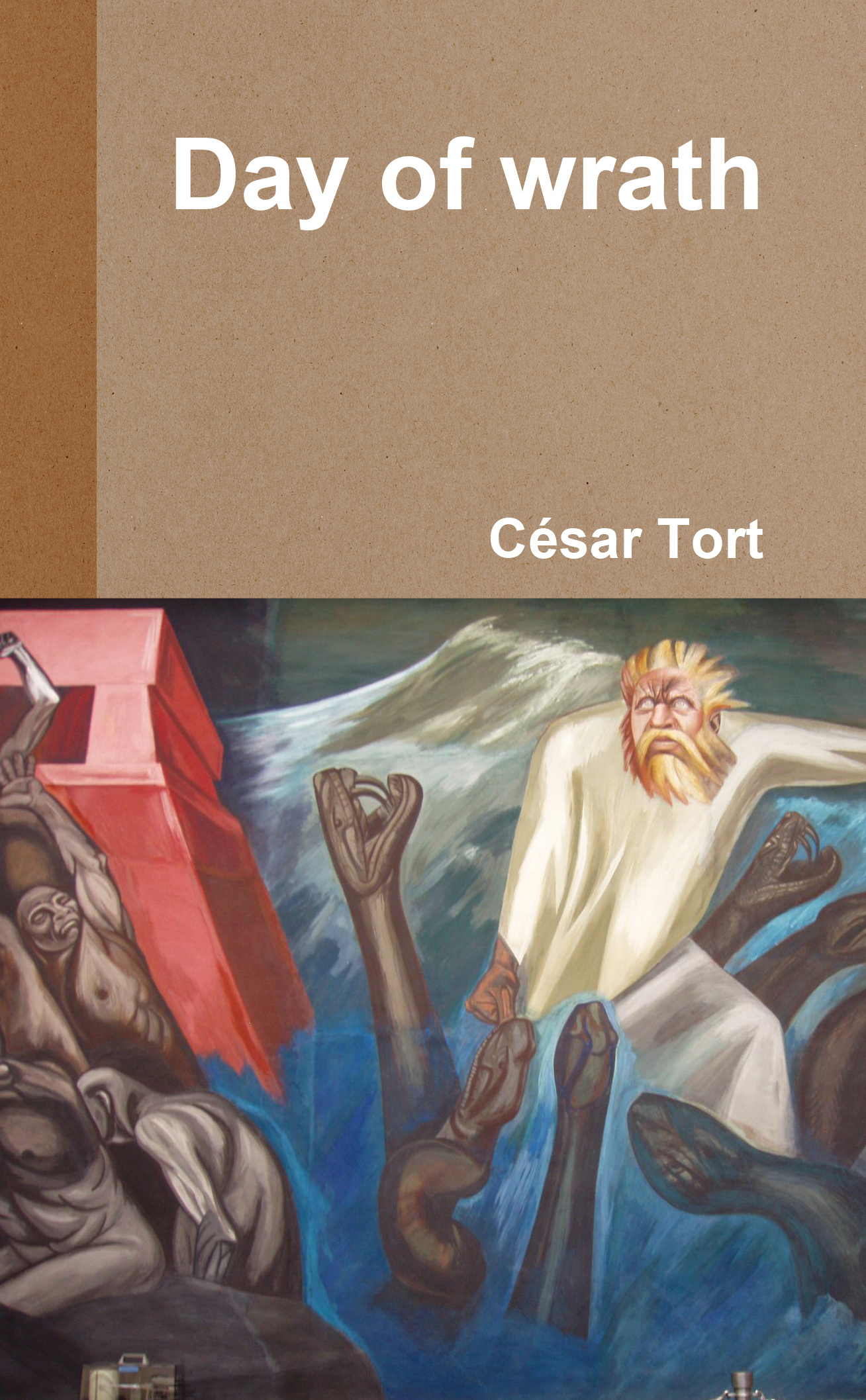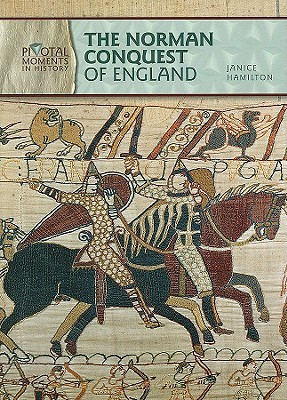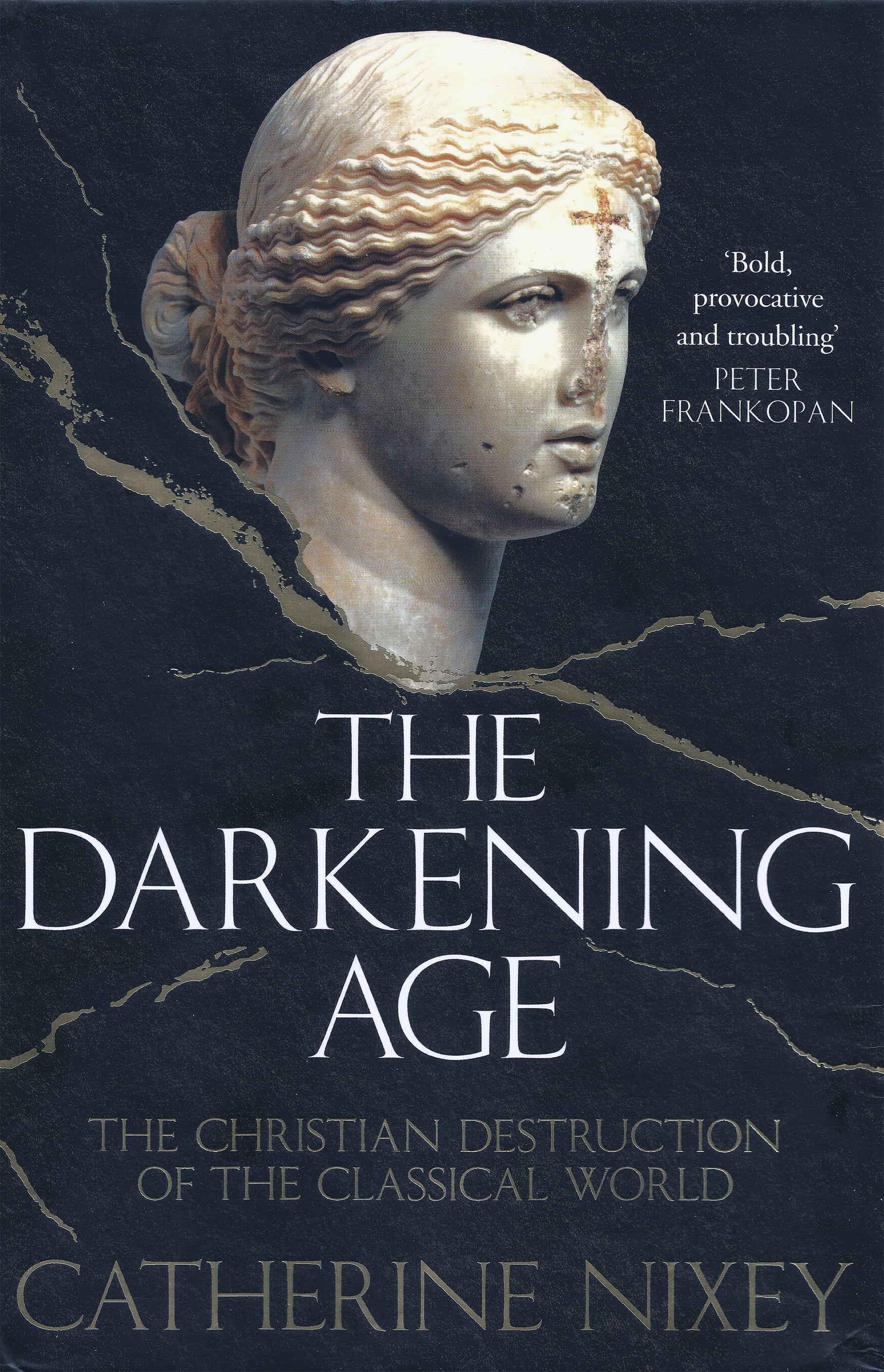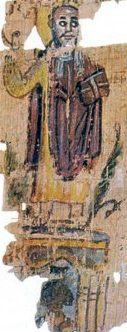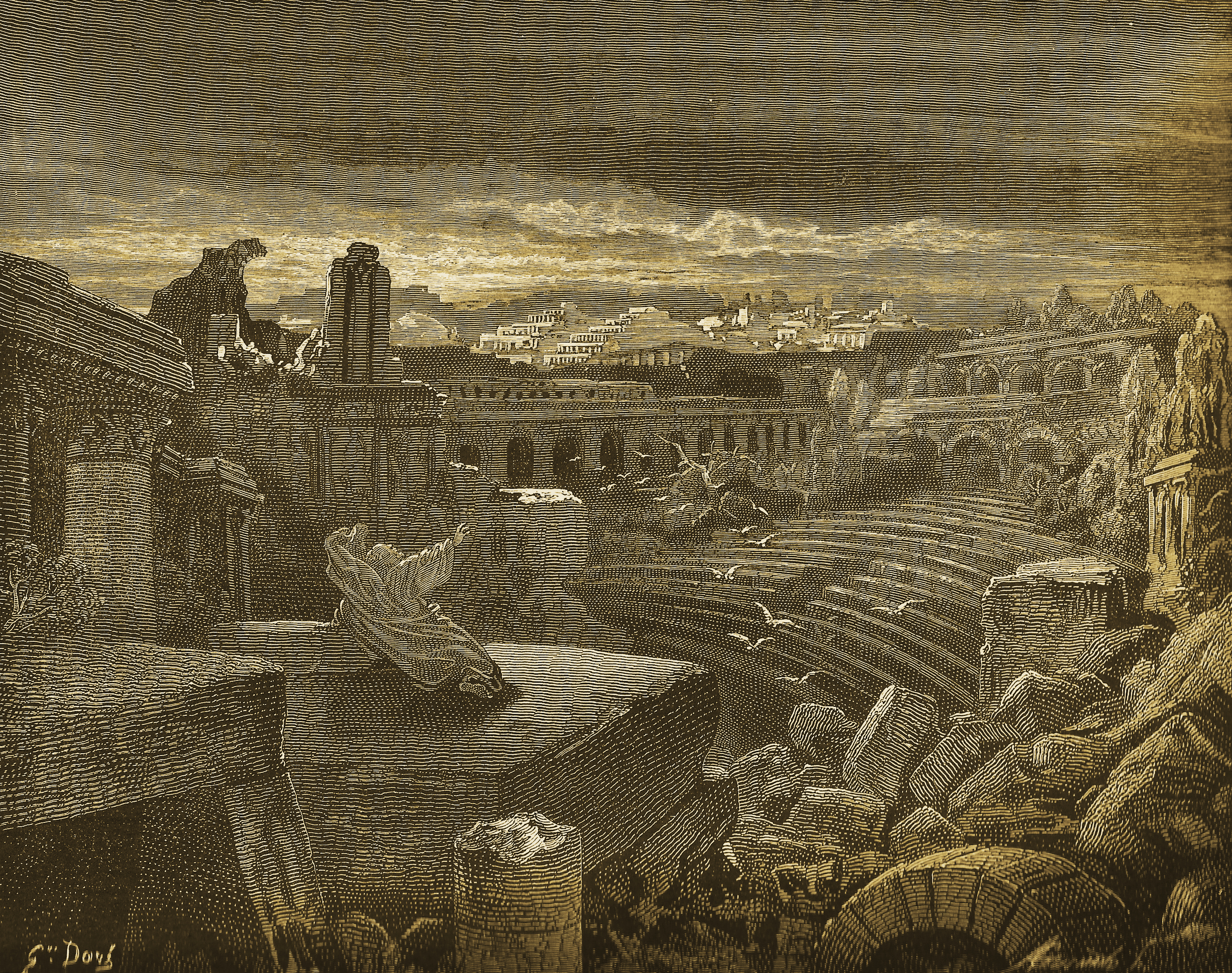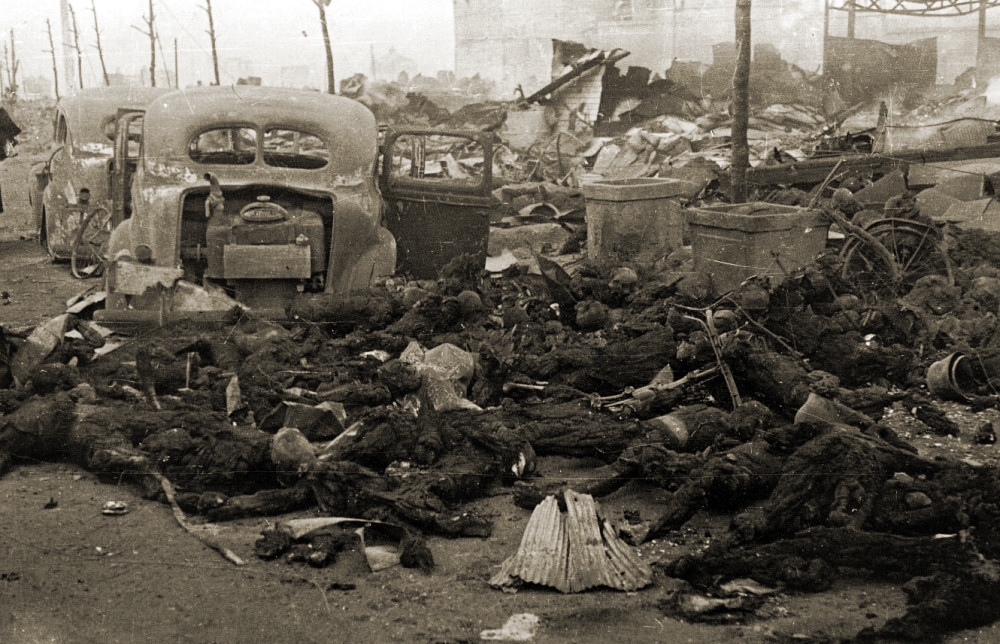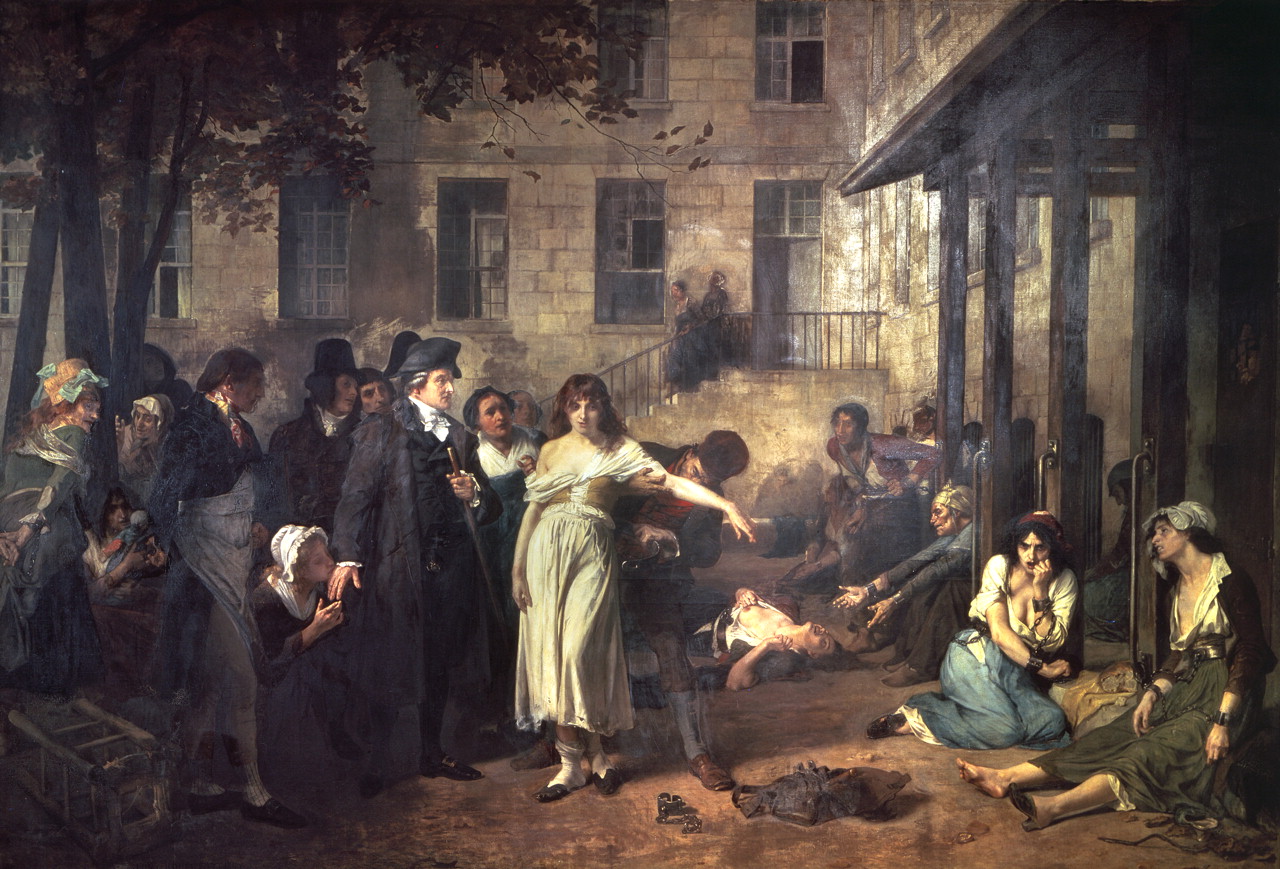
Above, French psychiatrist Philippe Pinel releasing so-called ‘lunatics’ from their chains at the Salpêtrière asylum of Paris in 1795. Below, a Spanish-English translation from my site critical of psychiatry. Since it is a chapter within an online book I’ll be adding explanatory brackets after some sentences.
______ 卐 ______
Aristotle said that to obtain a truly profound knowledge about something it is necessary to know its history. To understand what happened to the orphan John Bell [Bell’s testimony appears in another chapter of the online book] it is necessary to know how the profession that re-victimised him emerged. The following ideas about how the psychiatric profession was born are taken from Michel Foucault’s Madness and Civilisation, that I will paraphrase here.
In England, three hundred years before John Bell was born, the pamphlet Grievous Groan of the Poor appeared, in which it was proposed that the indigent be banished and transferred to the newly discovered lands of the Oriental Indies. From the 13th century it had existed the famous Bedlam for lunatics in London, but in the 16th century it housed only twenty inmates. In the 17th century, when the pamphlet to banish the poor appeared, there were already more than a hundred prisoners in Bedlam. In 1630 King Charles I called a commission to address the problem of poverty and the commission decreed the police persecution of vagabonds, beggars ‘and all those who live in idleness and who do not wish to work for reasonable wages’.[1] In the 18th century, many poor and destitute people were taken to correctional facilities and houses of confinement in the cities where industrialisation had marginalised part of the population.
Prisons for the poor were also established in continental Europe. The spirit of the 17th century was to put order in the world. After leprosy was eradicated, the medieval leprosariums that had remained empty were filled with the new lepers: the destitute. Foucault calls this period ‘The Great Confinement’ and emphasises the fact that the concept of mental illness did not exist yet.
Isolating the leper, a true sick person, had had a hygienic goal in the Middle Ages. But isolating the destitute had no such goal: it was a new phenomenon. 1656 was an axial year in this policy of cleaning up human garbage from the streets. On April 27, Louis XIV ordered the construction of the General Hospital, a place that was hospital only in name: no doctor presided over it. Article 11 of the king’s edict specified who would be imprisoned: ‘Of all sexes, places and ages, of any city and birth and in whatever state they are, valid or invalid, sick or convalescent, curable or incurable’.[2] Lifelong directors were appointed to head the General Hospital. Their absolutist power was a miniature decal of the power of the sun king, as can be read in articles 12 and 13 of the edict:
They have all power of authority, direction, administration, commerce, police, jurisdiction, correction and sanction over all the poor of Paris, both inside and outside the Hôpital Général. For this purpose, the directors would have stakes and rings of torture, prisons and dungeons, in the aforementioned hospital and places that depend on it, as they deem it convenient, without being able to appeal the ordinances that will be drafted by the directors for the interior of said hospital.[3]
The goal of these draconian measures was to suppress begging by decree. A few years after its foundation, the General Hospital housed one percent of the population of Paris. There were thousands of women and children in the Salpêtrière, in the Bicêtre and in the other buildings of a ‘Hospital’ that was not a hospital but an administrative entity that, concurrently with the royal powers and the police, repressed and guarded the marginalised.
On June 16, 1676 another royal edict establishes the foundation of general hospitals in each city of the kingdom. Throughout France this type of prison is opened and, a hundred years later, on the eve of the Revolution, there existed in thirty-two provincial cities. The archipelago of jails for the poor covered Europe. The Hôpitaux Généraux of France, the Workhouses of England and the Zuchthaüsern of Germany imprisoned young lads who had conflicts with their parents; vagabonds, drunks, lewd people and the ‘fools’. These prisons were indistinguishable from common prisons. In the 18th century an Englishman was surprised to see one of these prisons, ‘in which idiots and fools are locked up because they do not know where to confine them separately’.[4] The so-called alienated were confused with the sane, though destitute, individuals; and sometimes it was impossible to distinguish one from the other.
In the Middle Ages pride was a capital sin. When the banking flourished during the Renaissance it was said that greed was the greatest sin. But in the 17th century, when the ethic of work was imposed not only in Protestant countries but also among Catholics, laziness—in fact: unemployment—was the most notorious of sins. A city where every individual was supposed to become a cog in the social machine was the great bourgeois dream. Within this dream, groups that did not integrate into the machinery were destined to carry a stigma. 17th-century men had replaced medieval leprosy with indigence as the new exclusion group. It is from this ideological framework of indigence considered a vice that the great concept of madness will appear in the 18th and 19th centuries. For the first time in history, madness would be judged with the yardstick of the work ethic. A world where work ethics rules rejects all forms of uselessness. He who cannot earn his bread transgresses the limits of the bourgeois order. He who cannot be integrated into the group must be an alienated.
The edict of creation of the General Hospital is very clear in this regard: it considers ‘begging and idleness as sources of all disorders’.[5] It is very significant that ‘disorder’ remains the word used by psychiatrists today. The very Diagnostic and Statistical Manual of Mental Disorders [henceforth referred by its acronym, DSM: the ‘Bible’ of today’s psychiatrists] uses the word ‘disorder’ instead of ‘illness’. As the 17th century marks the line in which it was decided to imprison a group of human beings, it would be wrong to believe that madness waited patiently for centuries until some scientists discovered it and took care of it. Likewise, it would be wrong to believe that there was a spontaneous mutation in which the poor, inexplicably and suddenly, went mad.
Imprisoning the victims of a big city was a phenomenon of European dimensions. Once consummated the Great Confinement of which Foucault speaks, the censuses of the time about the prisoners who had not broken the law show the type of people they committed: elderly people who could not take care of themselves, epileptics disowned by their families, deformed people, people with venereal diseases and even those imprisoned by the king’s letters.
The latter was the most widespread confinement procedure since the 1690s, and the petitioners that the king wrote a lettre de cachet were the closest relatives of those imprisoned. The most famous case of imprisonment in the Bastille by lettre de cachet was that of Voltaire. There were cases of foolish or ‘incorrigible girls’ who were interned. ‘Imprudent’ was a label that would correspond more or less to what in the 19th century would be called ‘moral insanity’ and which currently equals the adolescent oppositionalism or ‘defiant negativism’ in the contemporary DSM. I would like to illustrate it with a single case of the 18th century:
A sixteen-year-old woman, whose husband is named Beaudoin, openly claims that she will never love her husband; that there is no law to order her to love him, that everyone is free to dispose of her heart and body as she pleases, and that it is a kind of crime to give one without the other.[6] Although Beaudoin’s woman was considered foolish or crazy, those labels had no medical connotation. The behaviours were perceived under another sky, and confinement was a matter settled between the families and the legal authority without medical intervention.
People who would be committed were considered: ‘dishonest’, ‘idle’, ‘depraved’, ‘sorcerer’, ‘imbecile’, ‘prodigal’, ‘impeded’, ‘alchemist’, ‘unbalanced’, ‘venereal’, ‘libertine’, ‘dissipater’, ‘blasphemous’, ‘ungrateful son’, ‘dissipated father’, ‘prostituted’ and ‘foolish’. In the records it can be read that the internment formulas also used terms such as ‘very evil and cheating man’ or ‘inveterate glutton’. France had to wait until 1785 for a medical order to intervene in the confinement of all these people: a practice that subsequently took shape with Pinel [pic above]. As I have said, moving away from the social norm would bring about the great theme of madness in the 19th century, as we shall see with Alexis de Tocqueville and John Stuart Mill by the end of this online book. It is from this point that we must understand the classifications of Kraepelin, Bleuler and the DSM of the 20th and 21st centuries.
In our century there are psychiatrists who openly say that ‘suicide is a brain disorder’: a blatantly pseudoscientific pronouncement. In the 17th century the pronouncements were not pseudoscientific yet, such as ‘murderer of himself’, a crime ‘against the divine majesty’ (i.e., the Judeo-Christian god). In the records of commitment for failed suicide attempts the formula used was: ‘s/he wanted to get rid’. It is to those who committed this crime against the Judeo-Christian god that the torture instruments were first applied by 19th-century psychiatrists: cages with an open lid for the head and cabinets that enclosed the subject up to the neck. The transformation from an openly religious trial (‘against the divine majesty’) to the realm of medicine (a purported ‘brain disorder’) was gradual. What is now considered a biomedical disease in the 17th and 18th centuries was understood as extravagant, impious behaviour that endangered the prestige of a specific family.
In the 17th century, for the first time in history, people from very different background were forced to live under the same roof. None of the previous cultures had done something similar or seen similarities between these types of people (venereal, foolish, blasphemous, ungrateful children, sorcerers, prostitutes, etc.). That behind the confinement existed a moralistic judgment is discovered by the fact that people who suffered venereal diseases were locked up—the great evil of the time!—, only if they contracted the disease out of wedlock. Virtuous women infected by their husbands were not at risk of being taken to the General Hospital in Paris.
Homosexuals were locked up in hospitals or detention centres. Any individual who caused a public scandal could be committed. The family, and more specifically the bourgeois family with its demands to keep up appearances, became the rule that defined the confinement of any of its rebellious members. This was the moment in which the dark alliances between parents and psychiatrists that would produce Dr. Amara’s profession would make a deal [I tell the story of psychiatrist Giuseppe Amara, who still lives, earlier in the online book]. Biological psychiatry would have an easy delivery with the gestation of the pair of centuries from the Great Confinement of the 17th century. The origins of the profession called psychiatry today can be traced back to that century.
Throughout the 18th century the confinement of people who did not break the law continued, and by the end of that century the houses of internment were full of ‘blasphemers’. The medieval Inquisition had had power in the south of France, but once the Inquisition was abolished, society found a legal way to control dissidents. It is known the case of a man in Saint-Lazare who was imprisoned for not wanting to kneel in the most solemn moments of the mass (this strategy was also practiced a century before). In the 17th century the unbelievers were considered ‘libertines’. Bonaventure Forcroy wrote a biography about Apollonius of Tyana, a contemporary of Jesus who was credited with miracles, and showed with this paradigm that the Gospel stories could also have been fictional. Forcroy was accused of ‘debauchery’ and imprisoned, also in Saint-Lazare.
The imprisonment of pariahs and undesirables was a cultural event that can be traced back to a specific moment in the long history of intolerance of post-Renaissance and post-Reformation Europe. The psychiatric values of Western man were moulded in the 17th and 18th centuries, values that continue to determine the way we see the world.
_________
[1] Quoted in Michel Foucault: Historia de la Locura en la Época Clásica (Volumen I), p. 106.
[2] Edict of Luis XIV, quoted in ibid, p. 81.
[3] Ibid, p. 81s.
[4] Ibid, p. 182.
[5] Ibid, p. 115.
[6] Quoted in ibid, p. 213. It is interesting to compare the encyclopaedic history of so-called madness by Foucault that I’ve paraphrased above, written in opaque prose, with the brief though clear history of psychiatry by Thomas Szasz (e.g., Cruel Compassion: The Psychiatric Control of the Society’s Unwanted, Syracuse University Press, 1998).
